Saddle nose deformity is one of the more severe complications that can occur following rhinoplasty. It involves a noticeable collapse or depression in the nasal bridge, creating a concave appearance often referred to as a “scooped-out” or “saddle-shaped” nose. While it is not common, certain types of rhinoplasty procedures and surgical errors increase the risk. Understanding who is most at risk can help patients make informed decisions when pursuing nasal surgery.
What Causes Saddle Nose Deformity?
Saddle nose deformity typically results from a loss of support in the nose’s cartilage and bone structure, most often in the septum. The septum acts as the central support beam of the nose. When too much of it is removed or damaged, the bridge may collapse over time.
This condition can occur due to trauma, infection, or autoimmune conditions, but it’s frequently the result of over-aggressive or poorly executed rhinoplasty.
Types of Rhinoplasty That Carry Higher Risk
Certain nasal surgeries carry a greater risk of developing a saddle nose deformity, especially when performed without adequate surgical planning or expertise.
- Septoplasty or Septorhinoplasty: Surgeries involving the nasal septum—particularly septoplasty (correcting a deviated septum)—carry a higher risk when large portions of cartilage are removed. If the structural support is not rebuilt properly, the weakened framework may collapse over time.
- Revision Rhinoplasty: Secondary or revision rhinoplasty procedures can increase the likelihood of complications. When tissue or cartilage has already been altered, subsequent surgeries carry higher risks due to scar tissue, reduced blood supply, or insufficient remaining structural material.
- Aggressive Dorsal Reduction: Rhinoplasty procedures that involve reducing a nasal hump (dorsal hump reduction) can lead to saddle nose if too much bone or cartilage is removed. Without reinforcing the remaining structures with grafts or support materials, the nasal bridge can cave in.
- Ethnic Rhinoplasty: Patients with naturally thinner cartilage or softer nasal structures—often seen in certain ethnic populations—may be at increased risk when aggressive reshaping techniques are used. These noses require special consideration to maintain long-term integrity and appearance.
Surgical Errors and Poor Technique
While skilled surgeons work carefully to maintain nasal support, saddle nose deformity is often a result of:
- Over-resection of septal cartilage without reinforcement
- Inadequate grafting or use of weak graft materials
- Poor surgical planning and failure to preserve critical support structures
According to published studies, the rate of significant nasal deformities after rhinoplasty remains low, but revision rates for cosmetic nose surgery can be as high as 15–20%. Saddle nose is one of the more serious complications that may require reconstructive surgery to correct.
Expert Repair and Prevention
Dr. Maurice Khosh at Saddle Nose Repair in NYC is a double board-certified facial plastic and reconstructive surgeon specializing in rhinoplasty and saddle nose repair surgery. For patients suffering from this deformity, he uses advanced cartilage grafting and structural reinforcement techniques to restore nasal contour and breathing function.
If you’re considering rhinoplasty, choosing a highly experienced surgeon is your best defense against complications like a saddle nose deformity. And if you’re already dealing with a collapsed bridge, expert reconstructive options are available at Saddle Nose Repair to restore both function and aesthetics.



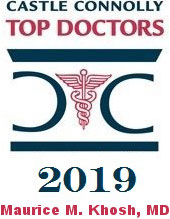
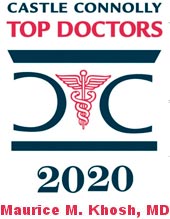


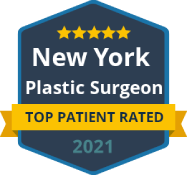
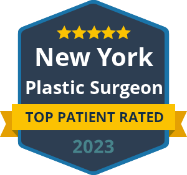
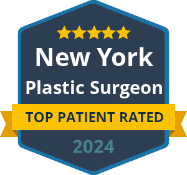
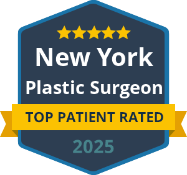
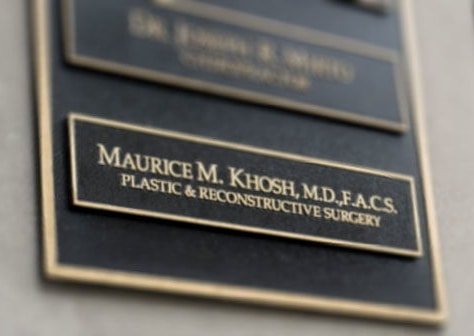

Words can not express my gratitude for his amazing life-changing work.
I had a tonsillectomy and a Neck Lump removal done on the same day.
Everything that you ever heard or read about tonsillectomy, is a dramatic over-exaggeration of people who can NOT tolerate pain.
I was so ready for a long misery and stressful recovery... Pffttt , turned out to be a really easy experience.
Dr. Khosh did an amazing job!!! Also taking in to consideration that I had 2 surgeries performed on the same day. I was out walking my dogs on day 2. Day 3 Walking dogs, doing some shopping and cooking... day 4 5 and 6 you get the picture. 0 limitations, just listened to my body and didnt overwork myself.
Just want to tell anyone and everyone who is either thinking of or NEEDS to have adult tonsillectomy done - Please don't even think twice. You get a perfect dose of painkillers, and they can solve all your pain-needs.
Dr.Khosh has an amazing warm and friendly personality, with a heart of gold and superb skills.
Susan - my comforting shoulder, and Christine - always happy and positive to brighten your day. I am forever grateful .